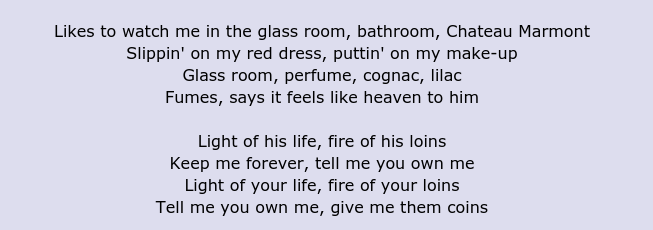Notes on (Online) Aesthetics

An 'aesthetic' is a stylistically consistent, multimodal manifestation of an imagined lifeworld. This is probably incoherent to anyone who hasn't been up at 3am thinking about it like I have. Here are two examples:
Early-2010s Bambi-Gypsy Tumblr
I panicked because initial research on this led me absolutely nowhere (surely every self-respecting participant, including me, must have deleted all their content by now?) but just stumbled upon a treasure trove of nostalgia! Thank you, random users who probably lost their passwords and are immortalised on the internet as a result. (I won't lie, I still think this is all very cute and have cried a little bit).
This aesthetic, which now appears to be completely dead, was a manifestation of a dream minimal-surreal indie-pop desert California lifestyle. It boasted a pastel colour palette and was sprinkled with gold star stickers, pictures of oil spills, 90s cartoons and cacti. In retrospect, this was strange because, as cohesive as it was, there seemed to be no cultural precursor for it beyond a few Rookie Magazine editorials. We only liked modern pop music (Lorde, the Arctic Monkeys, golden-age Lana Del Rey) and 1990s throwback television (The Simpsons, Daria). Was this an effort to feminise the fake-quirky ultra-minimalism of trendy Silicon Valley companies, or to sterilise 60s free love? Were we distancing ourselves from everything we knew?

Seven or eight years later, in 2021, these pictures together still make me feel very blissed-out and happy. They are so surreal - the lack of perceptible shadow, the pastels, the girls who dress as alien ravers without being under coloured lights or doing drugs or apparently eating, the 90s Simpsons nostalgia (not pictured) - that they suddenly become very engrossing. The Bambi-Gypsy universe existed in an in-between state: we named our blogs things like 'clouhd' or 'stahrs' or 'flowerii' but refused to acknowledge or post the natural world if it wasn't the arid American desert, and LOVED oil spills and shoes made of transparent plastic.

Bambi-Gypsy was multimodal, expressed stylistically through photos, text and music: pastel imagery, aspirated nature words, the minimal quirk of contemporary indie pop. It manifested on thousands of Tumblr blogs, and sometimes in advertising, and later (too late) its motifs were found decorating mass-produced clothing - but it never really came up anywhere else.

It was a lifeworld, too much of a wonderland to really exist and yet planned out in full. The Bambi-Gypsy heroine ate snack food, collected succulents, put glitter around her eyes, lived somewhere near Los Angeles, was always dressed for a rave, worked as a model or freeloader and always felt alienated and strangely surreal. It was imagined, and we imagined it together, memetically, building on her lifestyle with each iteration...
2. Lana Del Rey and Born to Die
Here's another multimodal imagined lifeworld: this one is rooted in some variation of mid-century Americana that exists entirely in its creator's head. The lifeworld is that of a young, glamorous ingenue who (you guessed it) loves older men. This pretend woman's visual, emotional and stylistic experiences are reflected in evocative lyrics, in purposely-aged music videos and in the sound of the music itself. In sync with internet users, the aesthetic filters from the music industry and makes its way online. Del Rey takes misremembered Old Hollywood films, misinterpreted books and misunderstood history - like a neural network, she generates enough imagery to spit back out and turn into nearly a complete lifeworld...
In the textual mode of her song lyrics, we encounter the first trappings of this imaginary life: it is specially curated and all incredibly anachronistic. Del Rey is always filmed at this stage wearing 1960s hair and makeup, but the Chateau Marmont had fallen into disrepair by that decade; she tacks together her infamous Lolita quote (from a fictional pedophile of letters) and the AAVE of 'give me them coins'. Walt Whitman, Monaco, Marilyn Monroe musicals, and the Grand Ole Opry never occupied the same cultural sphere; she is merely saying old things and hoping they will stick (while somehow impersonating both Monroe and Barbara Jean from the film Nashville, which heavily featured the Grand Ole Opry but happened to come out in the 70s). Her stage name brings to mind Old Hollywood, but it's an unrealistic, accepting Old Hollywood: the 'Del Rey' tacked on to exoticise would probably never have brought her the era of mainstream glamour shown in her music videos, and would only have entailed racist typecasting (Rita Hayworth had to change her name from the localising Margarita Carmen Cansino to be considered a sex symbol). The imagery nevertheless fits together, as if her songs are slapdash Pinterest boards, cohesive in their mistakes. Anachronism is the style. Accuracy is not an aesthetic; facts must be stylised too. A heavily-perfumed woman cuts a hole in a piece of paper and walks through it.






